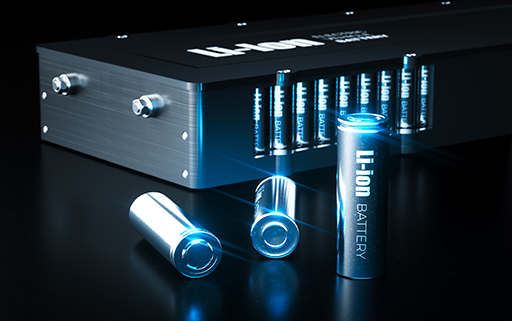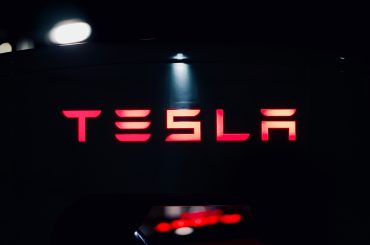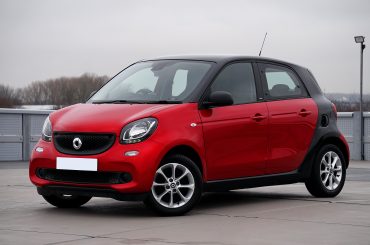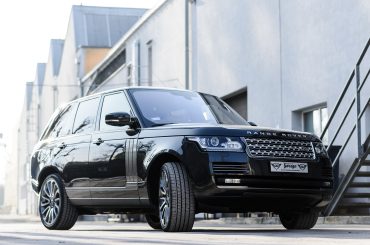Why Are Tesla Car Batteries Made of Thousands of Small Batteries?
Tesla has revolutionized the automotive industry by introducing electric cars that are not only eco-friendly but also stylish and efficient. One of the critical components of Tesla electric cars is the battery pack, which is made up of thousands of individual lithium-ion cells. In this article, we will explore why Tesla car batteries are made up of a bunch of tiny batteries.
To understand why Tesla uses thousands of small batteries, it’s essential to know how lithium-ion batteries work. Lithium-ion batteries are rechargeable batteries that store energy using lithium-ion technology. These batteries consist of an anode, a cathode, a separator, and an electrolyte. The anode is the negative electrode, while the cathode is the positive electrode. The separator separates the anode and cathode, and the electrolyte facilitates the movement of ions between the electrodes.

Tesla car batteries are made up of thousands of small lithium-ion cells, which are combined to form a battery pack. Each cell is similar to a standard AA battery, but instead of alkaline or zinc-carbon, they use lithium-ion technology. These cells are connected together in series and parallel configurations to form a larger battery pack. The series configuration increases the voltage, while the parallel configuration increases the capacity.
One of the main reasons why Tesla uses thousands of small batteries is safety. Lithium-ion batteries are prone to overheating and catching fire if they are damaged or overcharged. By using small batteries, Tesla can isolate any damaged or overheating cells, preventing the entire battery pack from catching fire. The small batteries are also easier to cool, reducing the risk of overheating.
Another advantage of using thousands of small batteries is efficiency. Tesla can optimize the performance of the battery pack by managing each individual cell. Each cell has a unique voltage and capacity, which can be monitored and managed by the battery management system. This allows Tesla to balance the cells, ensuring that they all have similar levels of charge and are working optimally. By managing each cell, Tesla can also extend the life of the battery pack, reducing the need for replacements.
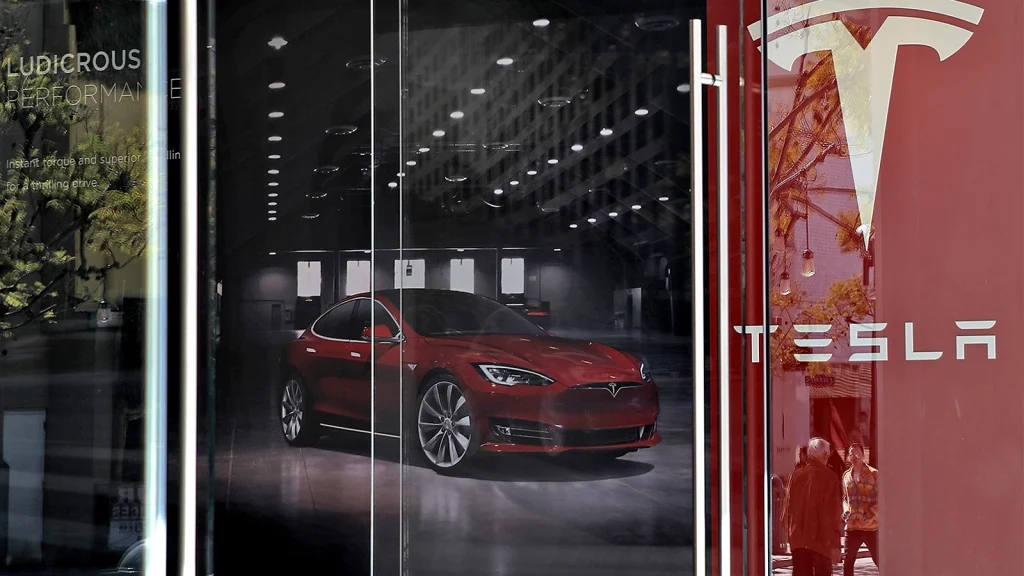
Using thousands of small batteries also allows Tesla to scale production more efficiently. Producing small batteries is easier and more cost-effective than producing large batteries. By using small batteries, Tesla can produce battery packs of various sizes, depending on the needs of the car. This also allows Tesla to use the same battery technology across different models, reducing the need for specialized production facilities.
The use of thousands of small batteries also improves the weight distribution of the car. The battery pack is located at the bottom of the car, providing a low center of gravity. By using small batteries, Tesla can distribute the weight evenly, improving the handling and stability of the car. The small batteries are also modular, making them easier to install and replace.
Finally, using thousands of small batteries allows Tesla to improve the charging time of the car. By managing each cell, Tesla can charge the battery pack faster and more efficiently. This is because the battery management system can balance the cells, ensuring that each cell is charged evenly. This reduces the charging time and extends the range of the car.
In conclusion, Tesla car batteries are made up of thousands of small lithium-ion cells to improve safety, efficiency, production, weight distribution, and charging time. By using small batteries, Tesla can manage each individual cell, improving the performance and lifespan of the battery pack. The small batteries are also easier to produce, making it more cost-effective to scale production. The use of small batteries is a key factor that has allowed Tesla to revolutionize the automotive industry and accelerate the transition to sustainable energy.
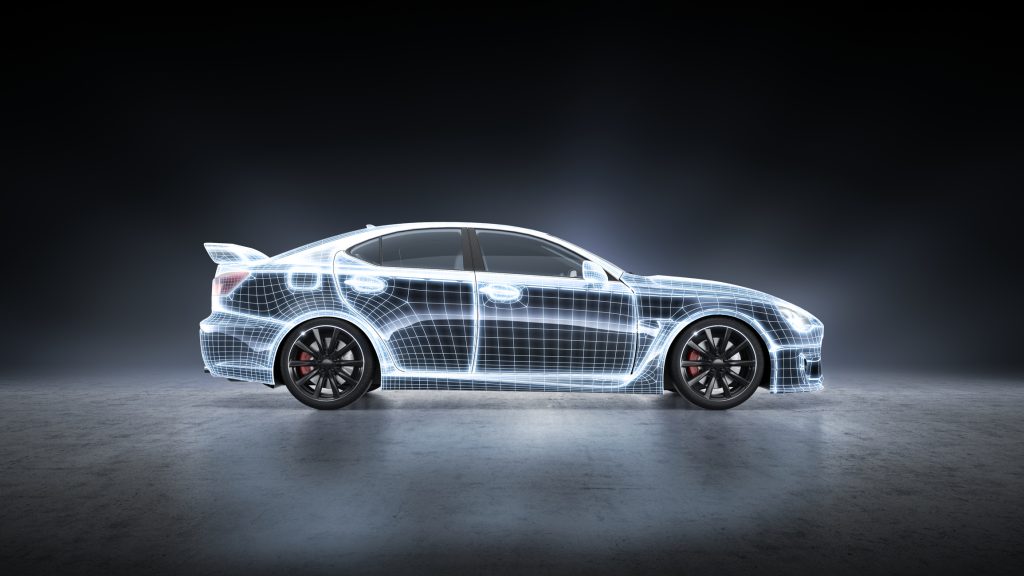
The use of small batteries has also enabled Tesla to innovate and improve its battery technology. In recent years, Tesla has introduced new battery designs, such as the 4680 cell, which is larger and more energy-dense than the previous cells. However, even with these new designs, Tesla still uses a similar approach of combining thousands of smaller cells to form the battery pack.
Furthermore, the small size of the individual cells allows for greater flexibility in the design of the battery pack. The cells can be arranged in different configurations to fit the specific needs of the car. For example, Tesla’s Model S and Model X use a flat battery pack, while the Model 3 and Model Y use a cylindrical battery pack. This flexibility also allows for easier upgrades and replacements of individual cells, rather than having to replace an entire large battery pack.
Tesla’s use of thousands of small batteries has also influenced other electric car manufacturers. Many now use similar approaches, combining multiple smaller cells to form a larger battery pack. This is because the benefits of using small cells, such as improved safety and efficiency, apply to all-electric cars, not just Tesla’s.
However, there are also some drawbacks to using thousands of small batteries. One of the main disadvantages is the increased complexity of the battery pack. With so many individual cells, there is a greater risk of failure, and the battery management system must work harder to monitor and manage each cell. This complexity can also make repairs and maintenance more difficult.
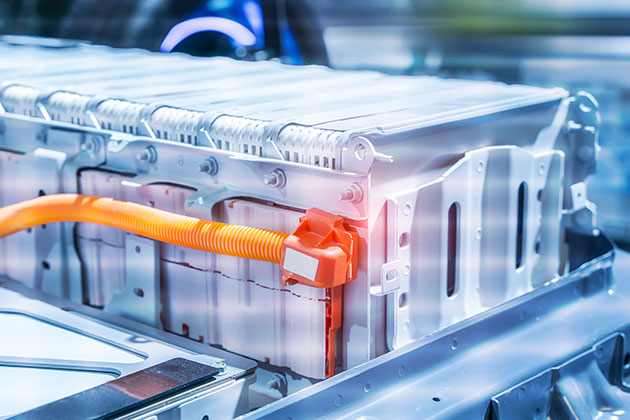
Another potential disadvantage is the environmental impact of producing so many individual cells. While lithium-ion batteries are more eco-friendly than traditional combustion engines, they still have an environmental impact. When compared to making bigger battery packs, making thousands of individual cells can have a bigger effect on the environment as a whole.
In conclusion, Tesla’s use of thousands of small lithium-ion cells to make the battery pack has made electric cars safer, more efficient, easier to make, more balanced in weight, and faster to charge. This method has helped Tesla come up with new ideas and improve its battery technology. It has also led other companies that make electric cars to use similar methods. While there are some drawbacks to using small cells, the benefits have made them a critical component of electric cars and have accelerated the transition to sustainable energy.


